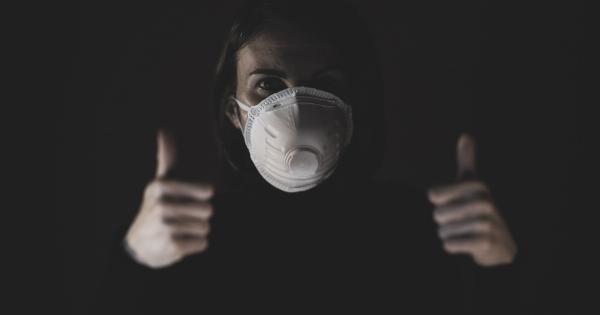Asthma is a common chronic respiratory condition that affects people of all ages, including children. Childhood asthma, in particular, is a significant health concern that can have a significant impact on a child’s quality of life.
This article aims to provide a comprehensive understanding of childhood asthma, including its causes, symptoms, diagnosis, treatment, and preventative measures.
Causes of Childhood Asthma
Childhood asthma is primarily caused by a combination of genetic and environmental factors. A family history of asthma or allergies increases the likelihood of a child developing asthma.
Additionally, exposure to certain environmental triggers such as air pollution, tobacco smoke, allergens (such as dust mites, pet dander, or pollen), respiratory infections, and chemical irritants can also contribute to the development of asthma in children.
Symptoms of Childhood Asthma
Recognizing the symptoms of childhood asthma is crucial for early diagnosis and effective management. The common symptoms of childhood asthma include:.
– Frequent coughing, particularly at night or during physical activities
– Wheezing or whistling sound when breathing out
– Shortness of breath or rapid breathing
– Chest tightness or discomfort
– Fatigue or reduced energy levels
– Trouble sleeping due to coughing or breathlessness.
Diagnosing Childhood Asthma
Diagnosing childhood asthma involves a combination of medical history evaluation, physical examination, and diagnostic tests.
Healthcare professionals will typically ask detailed questions about the child’s symptoms, family history, and possible triggers. They may also perform lung function tests, such as spirometry, to assess how well the child’s lungs are functioning. Allergy tests, chest X-rays, and other tests may be used to rule out other potential causes of symptoms.
Treatment Options for Childhood Asthma
Managing childhood asthma generally involves a multifaceted approach that aims to control symptoms, prevent exacerbations, and improve overall lung function. The primary treatment options for childhood asthma include:.
– Controller medications (e.g., inhaled corticosteroids) to reduce airway inflammation and prevent symptoms
– Quick-relief medications (e.g., short-acting beta-agonists) to provide immediate relief during asthma attacks
– Allergy medications (such as antihistamines or leukotriene modifiers) to manage asthmatic symptoms triggered by allergens
– Asthma action plans to guide daily management and appropriate responses during worsening symptoms or emergencies.
Preventative Measures for Childhood Asthma
Preventing asthma triggers is crucial in managing childhood asthma effectively. Some essential preventative measures include:.
– Reducing exposure to common allergens, such as dust mites or pet dander, by regular cleaning and maintaining a clean living environment
– Avoiding tobacco smoke, both active and passive exposure
– Encouraging regular exercise and physical activity to support healthy lung development
– Vaccinating children against respiratory infections, such as influenza or pneumonia, as recommended by healthcare professionals
– Creating an asthma-friendly school and home environment by ensuring proper ventilation and minimizing exposure to potential triggers.
Impact on a Child’s Quality of Life
Childhood asthma can significantly impact a child’s daily life, physical activity, and emotional well-being.
Wheezing, coughing, breathlessness, and frequent doctor visits or hospitalizations can disrupt a child’s routine and limit their participation in activities. The fear and anxiety associated with asthma attacks may also affect a child’s self-esteem and overall quality of life.
Therefore, providing appropriate support, education, and regular medical care are essential components of managing childhood asthma.
Supporting Children with Asthma
Children with asthma require a supportive and understanding environment to manage their condition effectively. Parents, caregivers, teachers, and healthcare professionals play crucial roles in supporting children with asthma.
Some ways to support children with asthma include:.
– Educating the child about their condition and teaching them self-management techniques
– Developing an asthma action plan in collaboration with healthcare professionals
– Ensuring the child has access to necessary medication and monitoring devices
– Creating open lines of communication between parents, caregivers, and school staff
– Encouraging the child to participate in physical activities and social events with appropriate precautions and management strategies.
Conclusion
Childhood asthma is a chronic condition that impacts the lives of millions of children worldwide.
While the exact causes of asthma remain unknown, understanding the triggers and taking proper preventative measures can significantly improve a child’s quality of life. With appropriate medical care, support, and education, children with asthma can manage their condition effectively and lead fulfilling lives.





























